Stalin and the Turkish Crisis of the Cold War, 19451953
THE HARVARD COLD WAR STUDIES BOOK SERIES
SERIES EDITOR: MARK KRAMER, HARVARD UNIVERSITY
Redrawing Nations: Ethnic Cleansing in East-Central Europe, 19441948
Edited by Philipp Ther and Ana Siljak
Triggering Communisms Collapse: Perceptions and Power in Polands Transition
Marjorie Castle
The Struggle for the Soul of the Nation: Czech Culture and the Rise of Communism
Bradley F. Abrams
Resistance with the People: Repression and Resistance in Eastern Germany, 19451955
Gary Bruce
At the Dawn of the Cold War: The Soviet-American Crisis over Iranian Azerbaijan, 19411946
Jamil Hasanli
The Cold War after Stalins Death: A Missed Opportunity for Peace?
Edited by Klaus Larres and Kenneth Osgood
Mao and the Economic Stalinization of China, 19481953
Hua-yu Li
The Eisenhower Administration, the Third World, and the Globalization of the Cold War
Edited by Kathryn C. Statler and Andrew L. Johns
Stalin and the Cold War in Europe: The Emergence and Development of East-West Conflict, 19391953
Gerhard Wettig
Eisenhower and Adenauer: Alliance Maintenance under Pressure, 19531960
Steven Brady
The Prague Spring and the Warsaw Pact Invasion of Czechoslovakia in 1968
Edited by Gnter Bischof, Stefan Karner, and Peter Ruggenthaler
China Learns from the Soviet Union, 1949Present
Edited by Thomas P. Bernstein and Hua-yu Li
Globalizing de Gaulle: International Perspectives on French Foreign Policies, 19581969
Edited by Christian Nuenlist, Anna Locher, and Garret Martin
Solidarity with Solidarity: Western European Trade Unions and the Polish Crisis, 19801982
Edited by Idesbald Goddeeris
Stalin and the Turkish Crisis of the Cold War, 19451953
Jamil Hasanli
Stalin and the Turkish Crisis of the Cold War 19451953
Jamil Hasanli
lexington Books
Lanham Boulder New York Toronto Plymouth, UK
Published by Lexington Books
A wholly owned subsidiary of The Rowman & Littlefield Publishing Group, Inc.
4501 Forbes Boulevard, Suite 200, Lanham, Maryland 20706
www.lexingtonbooks.com
Estover Road, Plymouth PL6 7PY, United Kingdom
Copyright 2011 by Lexington Books
All rights reserved. No part of this book may be reproduced in any form or by any electronic or mechanical means, including information storage and retrieval systems, without written permission from the publisher, except by a reviewer who may quote passages in a review.
British Library Cataloguing in Publication Information Available
Library of Congress Cataloging-in-Publication Data
Hasanli, Jamil.
Stalin and the Turkish crisis of the Cold War, 19451953 / Jamil Hasanli.
p. cm. (The Harvard Cold War studies book series)
Includes bibliographical references.
ISBN 978-0-7391-6807-3 (cloth : alk. paper) ISBN 978-0-7391-6808-0 (ebook)
1. Soviet UnionForeign relationsTurkey. 2. TurkeyForeign relationsSoviet Union. 3. Stalin, Joseph, 1879-1953. 4. Soviet UnionForeign relations1945-1991. 5. Cold WarDiplomatic history. I. Title.
DK68.7.T9H38 2011
327.47056109044dc23 2011017370
 The paper used in this publication meets the minimum requirements of American
The paper used in this publication meets the minimum requirements of American
National Standard for Information SciencesPermanence of Paper for Printed Library
Materials, ANSI/NISO Z39.48-1992.
Printed in the United States of America
Introduction
Over sixty years have already passed since the end of the Second World War. Assessing the history of the postwar years, one can see that the major part of this period has been marked by the Cold War era that has defined the lives of the last few generations. Following international crisis in the socialist system and the collapse of the Soviet Union, academic analysis of the Cold War has become a hot topic. Previously published books and monographs, products of Soviet ideology, are now being replaced by new studies. The opening of previously unavailable secret archival documents and the collapse of old ideological stereotypes has led to the establishment of new research centers in the USA, Europe, and in Russia specializing in study of the history of the Cold War.
Numerous international conferences and academic discussions have been held since 1990, leading to the emergence of new aspects of the history of the Cold War. Fundamental research in the history of the Cold War has shed light on many obscure areas of postwar international relations, Soviet-American confrontation, and conflicts in East-West relations. In that sense the achievements of Russian historical science in this area are remarkable. This can be explained by the great scientific potential of the Russian school of historiography and the unparalleled access of Russian scholars to rich Soviet archives, shaping a new view of the history of the Cold War. Without doubt, Russian historiography has made some important discoveries and refreshed old opinions on a number of major issues.
Most research on the Cold War focuses primarily on analysis of the European crisis. This evidently stems from the fact that the military forces of the USA and the Soviet Union were confronting each other in Europe. Europe was turned into an arena of East-West confrontation, becoming the shared ground for the two biggest military-political blocs. It is not surprising, therefore, that the European continent has occupied the attention of many researchers.
The euphoria of the 1990s, brought about by the collapse of the totalitarian Soviet system that reigned in East European and Balkan countries for more than forty years, brought Europe to the forefront of research about the Cold War. Establishment of research centers in the USA, Western Europe and Russia also contributed to the emergence of a Eurocentric approach to the study of the Cold War. As a result, the first episodes of the Cold War in the Middle and Far East were ignored. However, new research by Russian and other historians has significantly expanded the boundaries of Cold War studies. Thus, it has become possible to shape a new understanding of the major postwar events and recreate a complete picture of the processes of the Cold War.
Discoveries in this area have given impetus to new discussions, particularly about the starting date of the Cold War and its periodization. According to American historian Geoffrey Roberts, The Cold War itself broke out in 1947 with Trumans announcement in March of a worldwide struggle against communist aggression and expansionism and then, in June, the unveiling of the Marshall Plan for the political and economic reconstruction of postwar Europe. Some scientific debates and studies have proposed the idea of connecting the beginning of the Cold War with the Berlin crisis of the late 1940s that ended with ideological division. Such an interpretation of the beginning of the Cold War stems from the fact that the first postwar processes in Eastern Europe and the Balkans had occurred in accordance with treaties signed by the Allies. Therefore, at first, events and other processes seemed to be far from confrontational. Thus, Eurocentric historiography dates the beginning of the Cold War to a later period.
At the same time, some US and Russian researchers tend to date the beginning of the Cold War to 1917 and Woodrow Wilsons presidency. However, study of the Cold War as an historical era and research into its context and nature demonstrates that this period was a phenomenon of the postwar era. While respecting other concepts and ideas regarding the beginning of the Cold War, it would be more realistic to think that the Cold War started with the issues and in the territories that had not been agreed on between the Allies. It include events in Iranian Azerbaijan resulting in the first confrontation between the Allies in autumn 1945 and harsh international response to Soviet claims against Turkey. In my opinion, these two major events paved the way for the Cold War. New archival documents show that it was the confrontation between the Allies over Iranian Azerbaijan and Turkey that led to the war of nerves and the Cold War. These two issues became a testing ground for the Cold War. Here in Asia, long before Europe, wartime cooperation had already come to an end and mutual assistance between the Allies turned into competition.

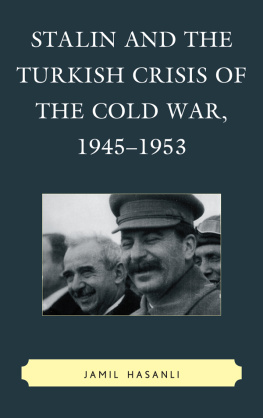

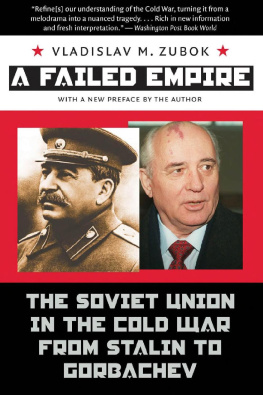
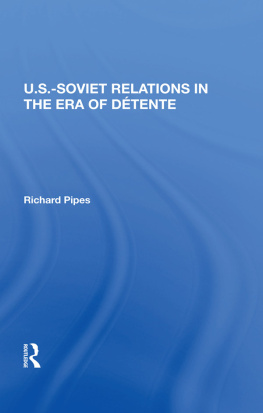
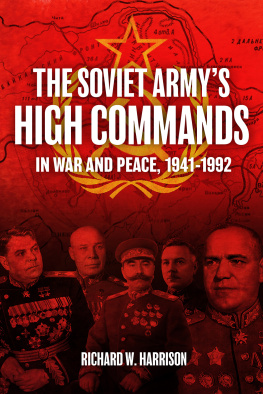

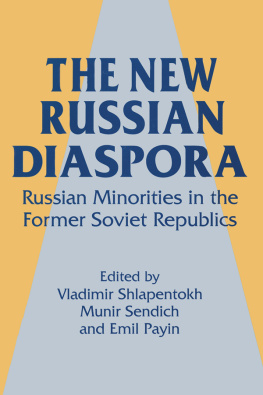

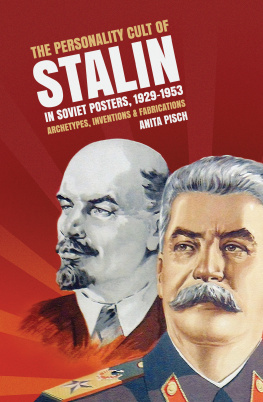
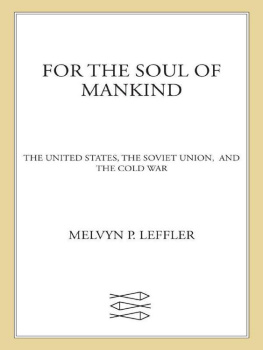
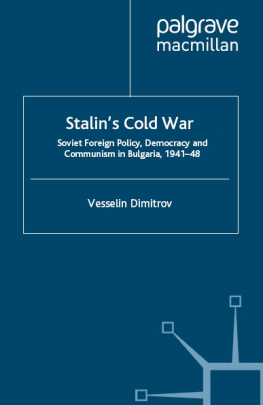
 The paper used in this publication meets the minimum requirements of American
The paper used in this publication meets the minimum requirements of American